Reintroducing the oryx
The Scimitar-horned oryx is extinct in the wild where its presence once extended across the Sahelo-Saharan belt. The innovative projet led by the Sahara Conservation Fund aimed to identify the ideal location in Chad to successfully reintroduce the oryx, under the best possible conditions. Local stakeholders were to be involved in order to ensure that long-term preservation of the desert's ecosystem - essential to a successful reintroduction. The oryxes to be reintroduced would come from the bloodlines of those found in captivity in countries, such as the United Arab Emirates, Senegal and Morocco.
In-depth surveys were carried out to identify the best method and location to reintroduce the oryx. The final choice was the Ouadi Rimé-Ouadi Achim game reserve in the centre of Chad, as it offered the most favourable conditions for a large-scale reintroduction of the antelope. Government officials were educated on the importance of rehabilitating and developing the reserves’ resources, new guards were employed and detailed studies were carried out on the living conditions in the reserve. These activities were meant to ensure a win-win situation between local communities, the Scimitar-horned oryx and other flora and fauna of the desert. The first reintroductions to the wild are planned for the end of 2015.
Established in 2004, the Sahara Conservation Fund’s (SCF) mission is to preserve the flora and fauna of the Sahara in the best interests of its inhabitants and with the support of all stakeholders. It has gradually become a key player in saving species from extinction in the Sahara.
Type
EnvironmentDuration
September 2011 – September 2014Location
ChadWith whom
The Sahara Conservation Fund (SCF)
Website
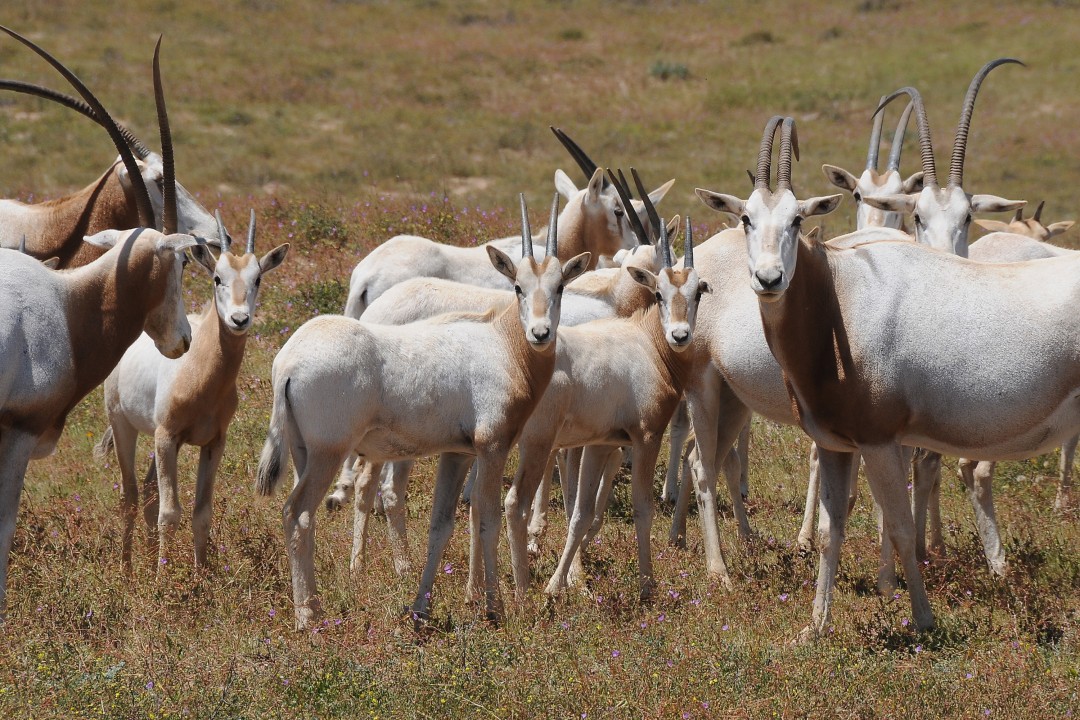
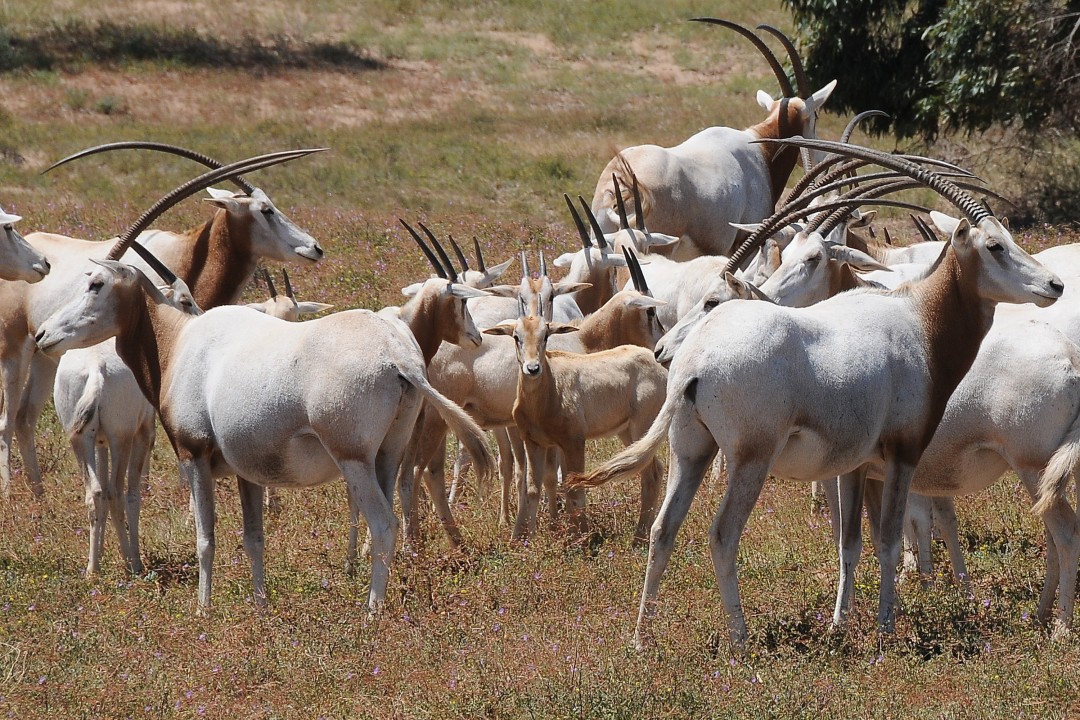
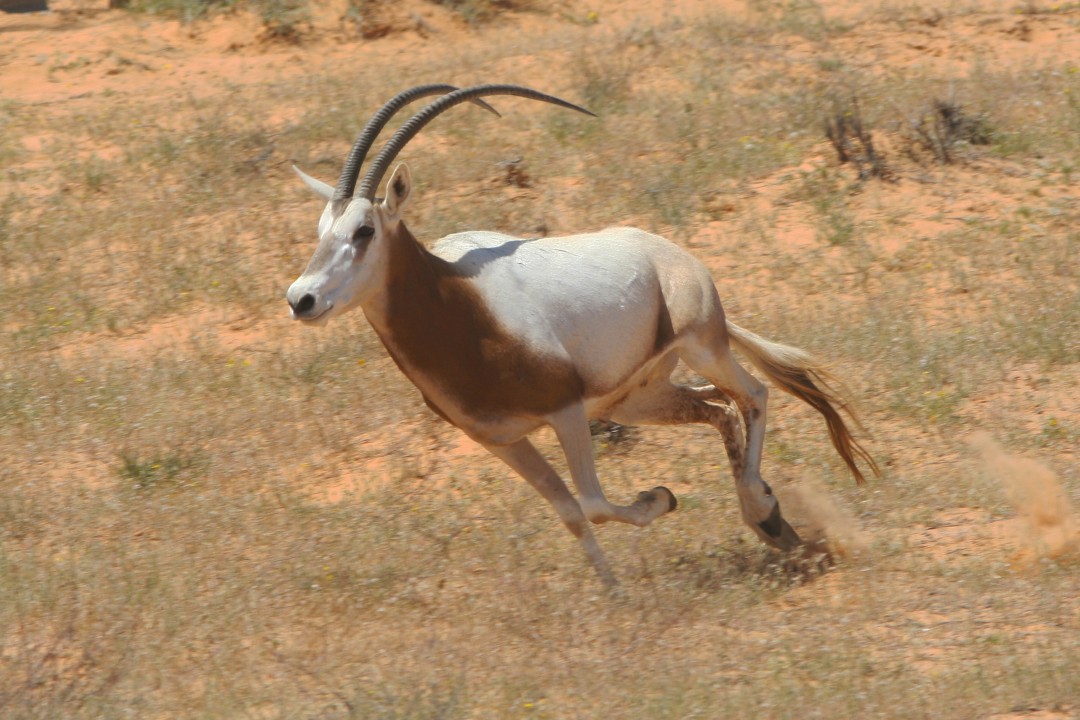
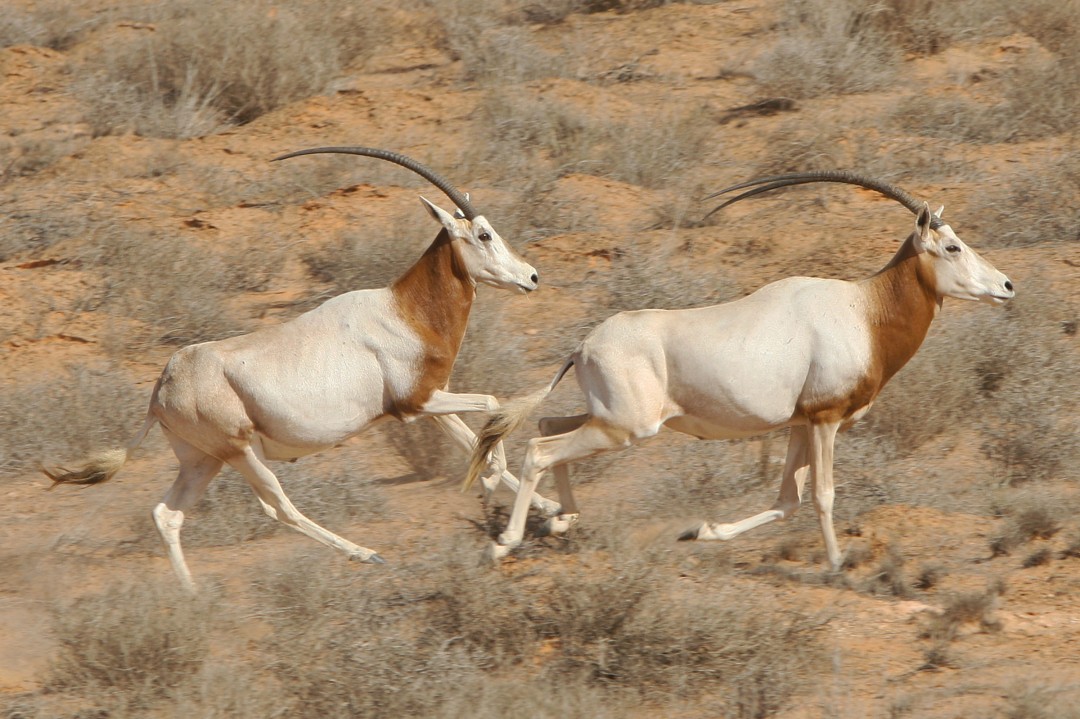
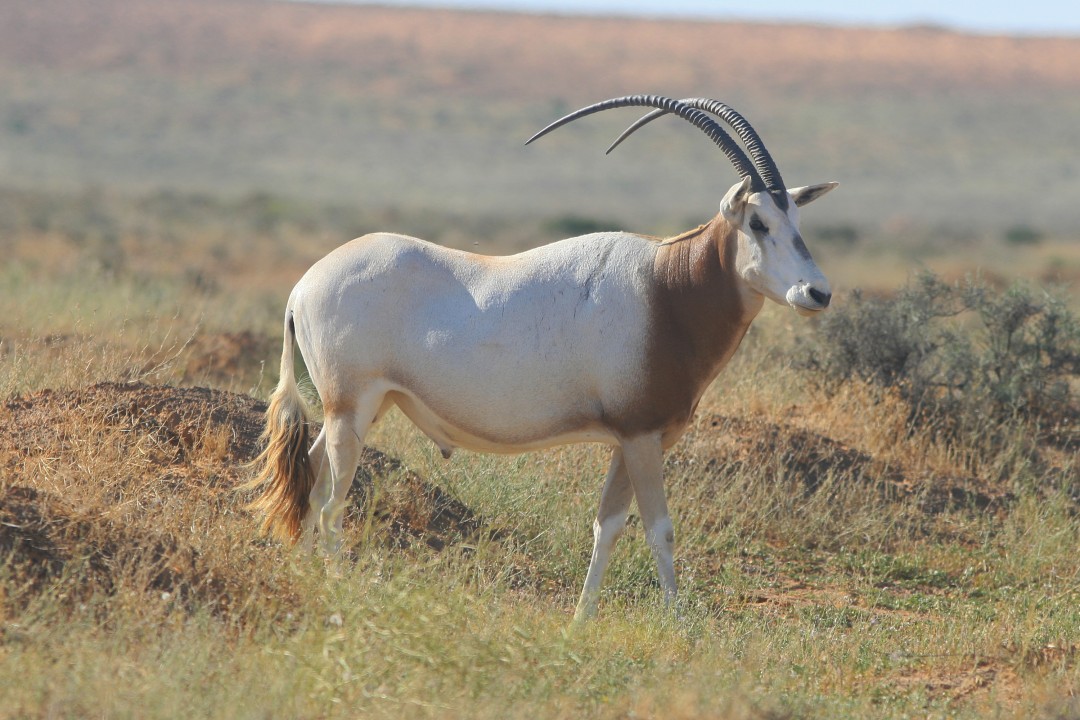
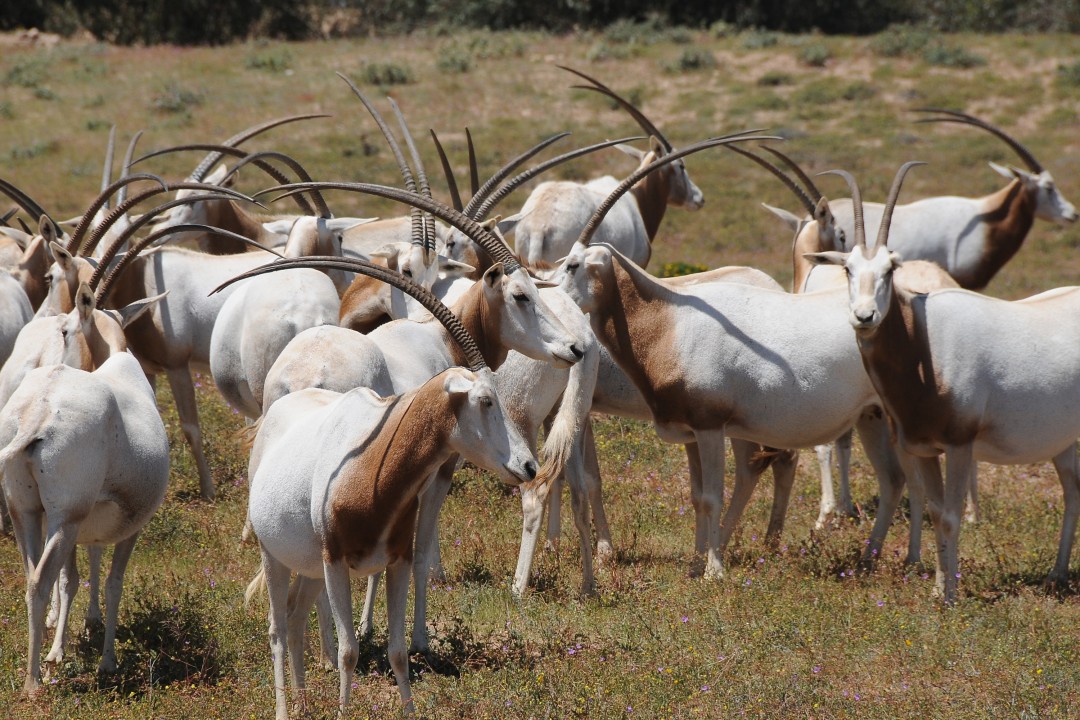
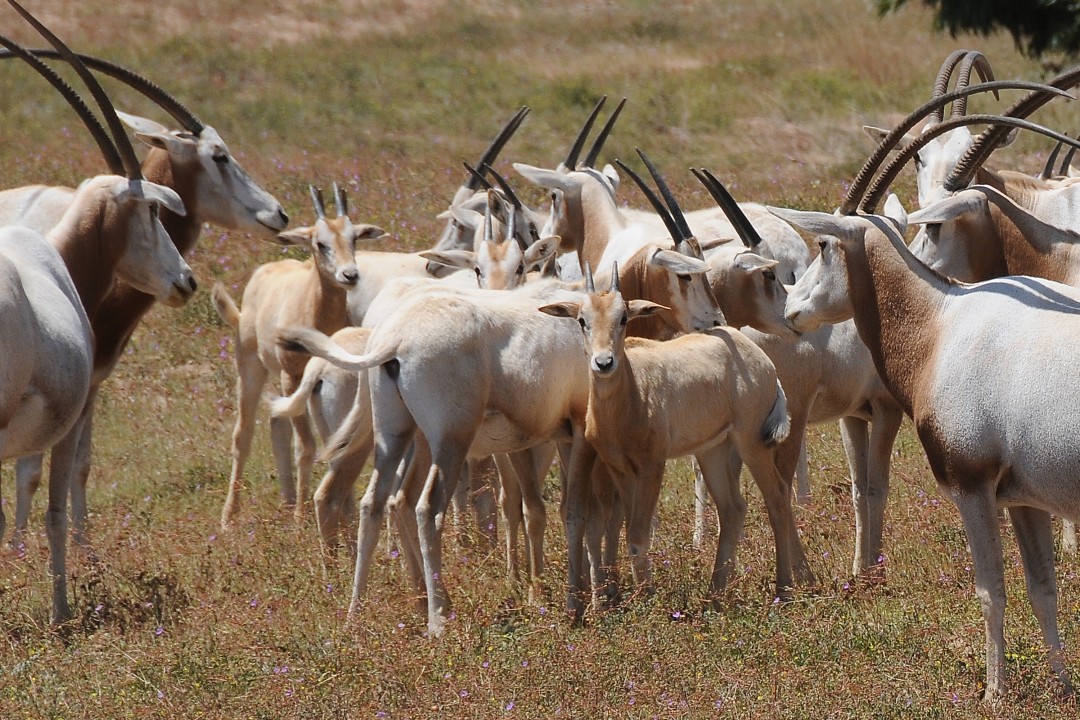
Chad
Population
14.9 million (2017)
Per Capita Income
USD 640/year (2017)
Poverty rate *
47% (2011)
Literacy rate
22% (2016)
Human Development Index
186th out of 189 countries (2018)
Chad has experienced instability and conflict since its independence from France in 1960.It is among the poorest countries in the world with 47% of the population living below the poverty line. Poverty is primarily concentrated in rural areas, where 87% of the country’s poor live. Health indicators in Chad are among the lowest in Sub Saharan Africa, with only 4.6% of its GDP spent on public health. Maternal mortality stands at 85 per 1,000 live births, with 76% of women delivering without qualified assistance. The primary gross enrolment has reached 100%, however the completion rate is low at around 38% (2012). Secondary school enrolment rate is one of the lowest in the world at 23% (2017).
Sources: World Food Program, UNICEF, World Bank, 2016 Human Development Report, Human Development Indices and Indicators (2018 Statistical Update)
*The percentage of the population living below the national poverty line.